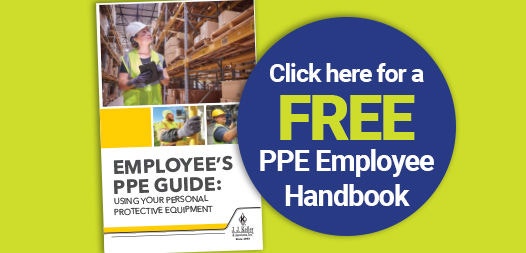October 2022
Providing PPE: Practical Tips for Managing Your Program

A Pennsylvania manufacturing company was sued by the Department of Labor after firing a worker who was injured on the job after making two requests for PPE and being denied (cbia 7/21).
A Court of Appeal upheld Cal/OSHA citations issued to a home improvement company for violating safety standards after a warehouse employee suffered a serious foot injury in 2014. Cal/OSHA’s investigation found warehouse workers were not provided protective footwear such as steel-toed shoes in an area where industrial vehicles were operating.
These stories paint a powerful picture of the importance of providing PPE. Chances are, you’re the one responsible for providing PPE to your workers as part of your overall safety program. Sounds simple, right? But what PPE are you required to pay for, and how can you make sure your workers have the PPE they need while still sticking to your budget? No worries … we have the answers you need!
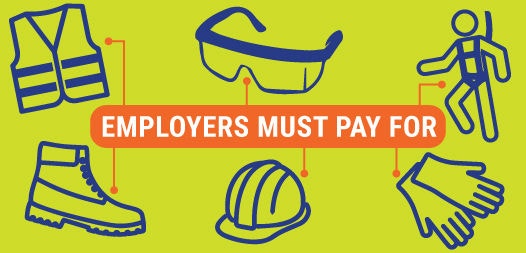
Who Pays for PPE?
One of the most frequently asked questions we get from customers is, “What PPE does OSHA require employers provide?”
In short, you must pay for the PPE that employees use to comply with OSHA standards, which means protective clothing, along with protection for:
- eye and face
- head and feet
- respiratory system
- hands
That means you must pay for things like:
- high-visibility apparel and vests
- hard hats
- hearing protection
- steel-toe boots/shoes
- safety glasses and goggles
- gloves
- fall protection devices
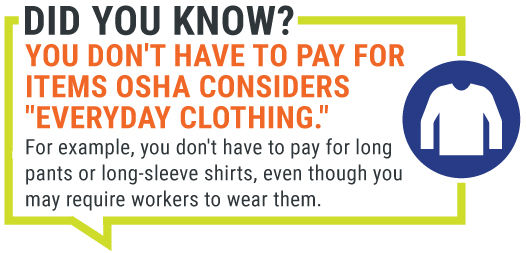
Choices, Choices, Choices!
One big thing to keep in mind when providing these types of PPE is to offer a wide range of sizes and styles to fit individual workers’ needs. If the PPE isn’t comfortable or doesn’t fit well, employees are less likely to wear it. And your female employees may prefer PPE that’s made to fit female body measurements. Ill-fitting PPE can even cause more hazards by getting caught in machinery or causing a loss of dexterity.
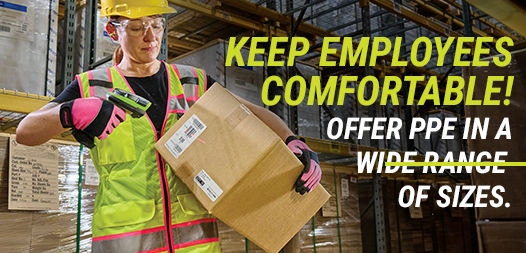
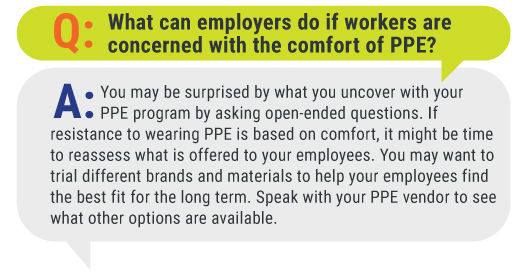
It Pays To Plan Ahead
Order backlogs. Shipping and delivery delays. Pricing instability. The current supply chain situation is making getting the PPE your workers need more difficult than ever. In a recent J. J. Keller Center for Market Insights PPE Pain Points study, 70% of participants reported experiencing supply chain delays often or sometimes during the past year!

So, what can you do to combat rising costs and limited availability? You can help protect your budget by working with your safety suppliers, discussing your budget, and considering alternative purchase programs like J. J. Keller Fulfillment Services that allow you to lock in current pricing over a period of time instead of dealing with fluctuating prices.

And you can ensure your employees have the PPE they need to work safely each day by planning — and ordering — ahead. We recommend having a 2-3 month supply of all necessary items in stock at your facility to accommodate lead times and weather any supply shortages or delays in shipment.
It can be tough to maintain an effective PPE program and stay in budget. But with a little planning, preparation, and help from a trusted supplier, you can keep your workers protected!
Encourage Employee PPE Use With This FREE Handbook
